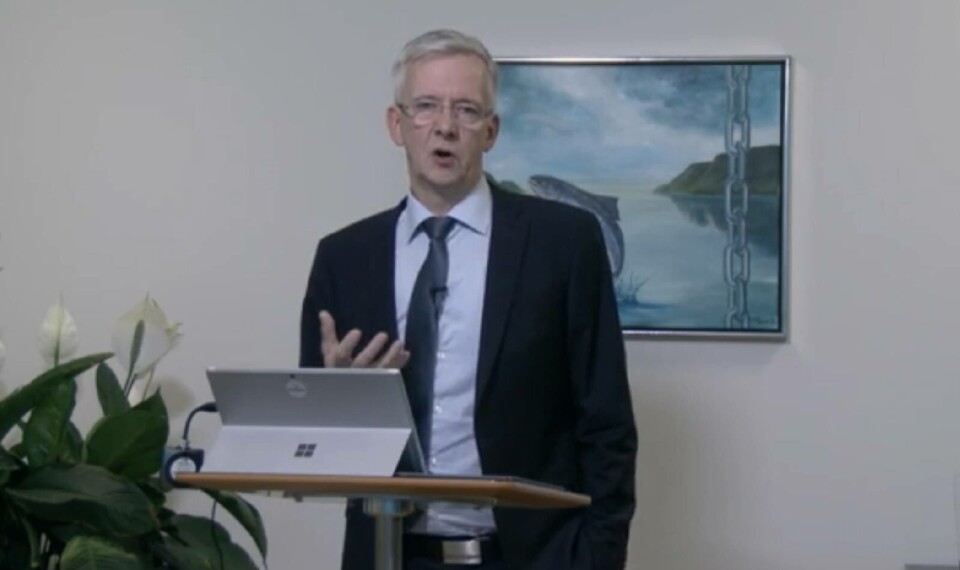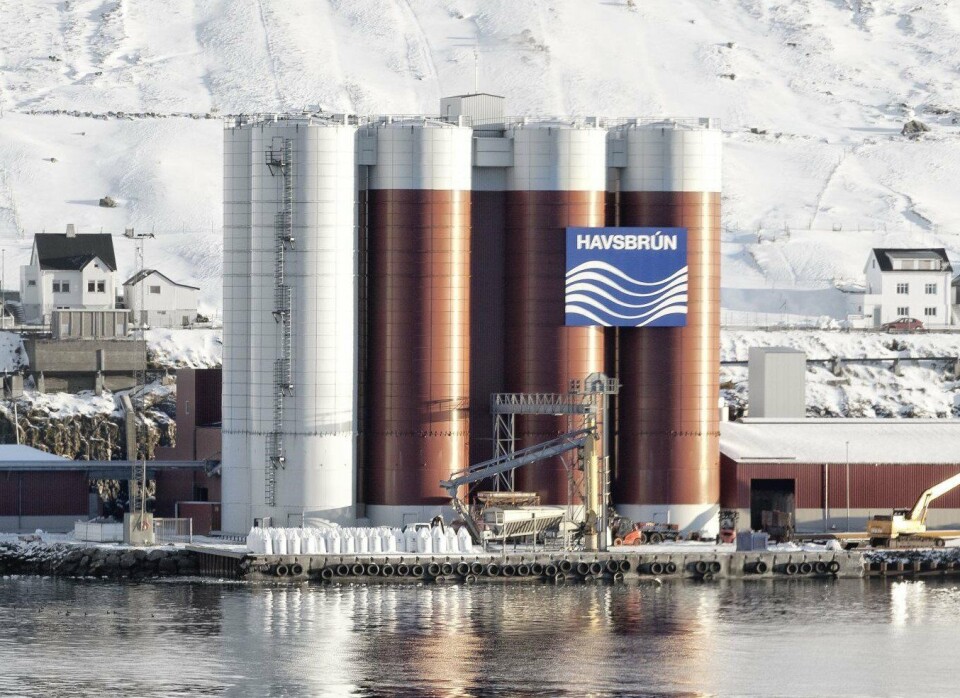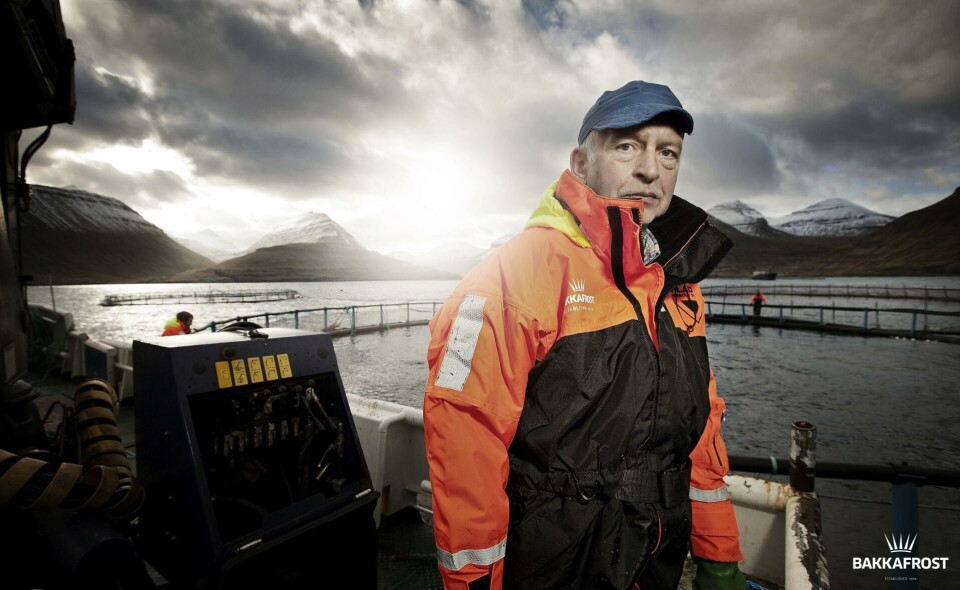
Bakkafrost boss makes bigger smolts priority for Scottish Salmon Company
Bakkafrost is to make stronger, larger smolts a priority for the Scottish Salmon Company after announcing a deal to buy the producer yesterday and intends to build a new facility to grow them.
The company is also hoping to make big savings by supplying SSC with the high-marine content feed it produces itself in the Faroe Islands, Bakkafrost chief executive Regin Jacobsen said in a press conference this morning.
Bakkafrost has agreed a deal to buy 68.6% of SSC’s shares from Northern Link, and will also offer to buy the remaining 31.4% of the company from other shareholders in a deal that values SSC at £516 million.

Building capacity
“The Scottish Salmon Company has 12 hatcheries. We believe that we shall use the same pattern as in the Faroe Islands with larger smolt and therefore we need to build capacity in this area,” said Jacobsen.
In the Faroes, Bakkafrost is gradually increasing the size of the smolts it puts to sea from between 100 and 200 grams to 500g by 2022.
When it comes to feed, Jacobsen expects that using excess capacity at Bakkafrost’s Havsbrun feed subsidiary to supply SSC will generate a “direct synergy of around NOK 2.5 per kilo gutted salmon”. The synergies will gradually come into play after two years as SSC’s existing feed contracts expire.
£8.2m feed savings
The switch is expected to amount to a saving for Bakkafrost / SCC of DKK 70 million (£8.2m) per year after 2022.
“We can use the excess capacity that we already have in place – fishmeal, fish oil and feed. This capacity is already in place and we have investment in our five-year programme to take the capacity further up,” said Jacobsen.
Bakkafrost believes the companies dovetail well, both in terms of the different geographical markets they serve and the quality of their fish, and it seems unlikely that SSC’s brands will be changed.
“They have been quite successful in developing brands and high-quality premium salmon,” said Jacobsen.
“There is great value for Bakkafrost and the combined company in the future to focus on the branding strategy they have been very successful doing.
“We believe strongly in producing high-quality salmon and the ambition of the [Scottish Salmon] company to bring Scotland’s finest salmon to the world fits very well with Bakkafrost’s mission to produce a world-class product.”
Explaining part of the rationale for the acquisition, for which Bakkafrost is paying a premium of NOK 8.5 per share over the three-month average, Jacobsen pointed to the fact that around half of Bakkafrost’s sales were in North America, Asia and China, while more than 80% of SSC’s revenues came from the UK and mainland Europe.
“We believe that with a strong position in the UK, a strong position in the global markets, Bakkafrost has an even stronger global market position, especially with the premium brands that we focus on.”
10-year journey of improvement
Jacobsen is also confident Bakkafrost’s experience can improve SSC’s operations further.
“For the last 10 years, approximately, we have been on a journey in the Faroe Islands to improve our operations,” said the chief executive.
He added: “We strongly believe that the investments that we have been making in the Faroese salmon farming industry can be replicated.

“We also believe that the systems that we have employed have a very strong track record and will also have value in Scotland.
“So, with the good employees in the Scottish Salmon Company and the good employees in Bakkafrost together we can bring the values up and we can bring the operation to a higher level.”
Diversify sales
When it comes to sales, Jacobsen said the global mixture of revenues between the companies “gives us an opportunity to diversify our sales even better”, adding that a combined sales and marketing platform would be a strong platform for growth.
But he hinted that there could be job losses.
“We also believe that with the operations together in one company we will have possibilities to make things more efficient so that the total company will have some savings.”
Jacobsen said that another area for enhancements was the transfer of best practices, from the Faroes to Scotland and the other way around.
“I am sure that we will have in the combined company a strong environment for improving operations.”
View Jacobsen’s press conference address here.























































